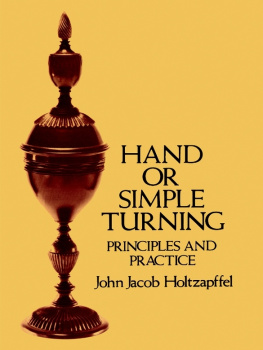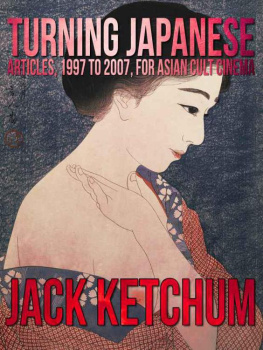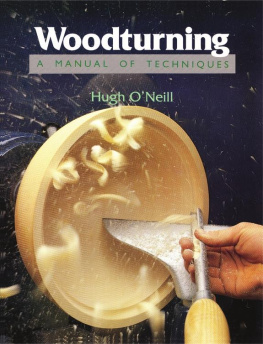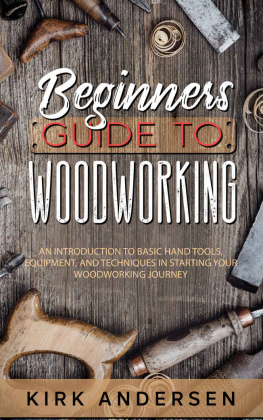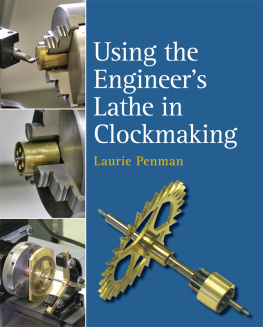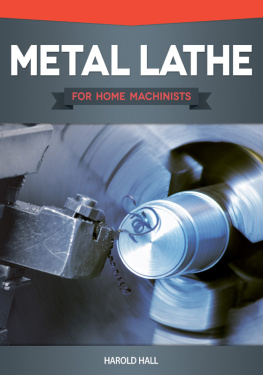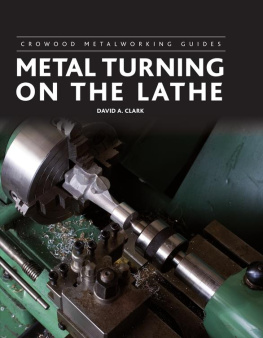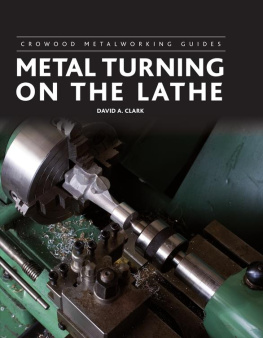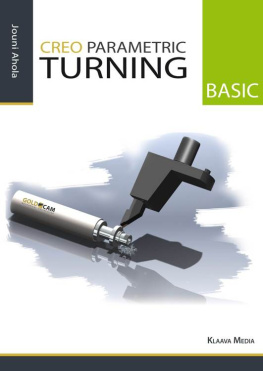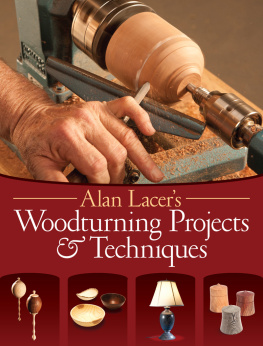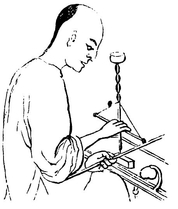CHAPTER I.
INTRODUCTION.
THE symmetrical beauty, and necessity of the cylindrical form to the wants of mankind, in an endless variety of utensils and implements, the daily requisites of civilization; in the construction of the tools and machines for manufactures, locomotion, science, and the spread of knowledge; are it is submitted too apparent to demand more than mere allusion, even in a volume devoted to its production by the practice of turning. Readily obtained in all materials, directly or indirectly in the lathe or some of its modifications; the circular form has been always met with more or less exactly, appearing in many natural objects, such as the reeds and canes, in trees, flowers, fruits and seeds, in the egg, in pebbles, shells, and many animal structures. It may fairly be presumed therefore that its characteristics were appreciated and copied by the earliest races of mankind, and although we have no knowledge of the time and manner, in which the handicraft of turning arose and first progressed, it will be allowed that inferences on these interesting points, may be drawn from observation of several primitive lathes still used, and followed in other early but more advanced lathes, of which there exist records.
The practice of the art may be traced back to a very remote period, probably the earliest evidences being the numerous works that have been found among Egyptian antiquities, at Thebes and other cities; very many of which exhibit indubitable signs that the material while in revolution, was subjected to the action of a tool held at rest. Among these, the legs of stools and chairs and other long objects, were probably turned after the same simple method now followed by the Indian and the modern Egyptian; but it is curious, that among all the sculptured records of the trades and occupations, which so vividly represent the customs and habits of the ancient Egyptians, no example of the lathe has hitherto been met with. The potter and his wheel, however, are depicted in these sculptures, and they are frequently mentioned in the earliest writings; this form of the lathe, which has received little material modification to our time, was doubtless employed for the production of much of the antique pottery left by early nations; some of which, like the unrivalled vases of the Etrurians, attest unsurpassable taste and skill.
The lathe was undoubtedly commonly used by the Greeks and Romans; among their authors both Cicero and Pliny refer to the turners or vascularii, while Herodotus uses the lathe as a familiar simile. But I smile when I see many persons describing the circumference of the earth, who have no sound reason to guide them; they describe the ocean flowing round the earth, which is made circular as if by a lathe (Herodotus, Book IV. Chap. 36. Cary.); but unfortunately, it appears that none of these nor other early writers have left us any account of the lathe and tools employed by their contemporaries. It would appear probable, that the origin of the lathe may be found in the revolution given to tools for piercing objects for ornament or use. At first, it may be supposed, that a spine or thorn from a tree, a splinter of bone or a tooth, was alone used and pressed into the work, as we should use a bradawl. The process would naturally be slow and unsuitable to hard materials, and this, probably suggested to the primitive mechanic, the idea of attaching a splinter of bone or flint to the end of a short piece of stick, rubbing which between the palms of his hands would give a rotary motion to the tool.
Increased range of motion with proportionate rapidity in the cutting or abrasion, would be obtained by wrapping a cord once or twice around the shaft and alternately pulling the ends; the opposite end of the tool revolving in the cavity of a shell or stone, held in the hand or placed against the chest. This would be the exact type of the reciprocating drill and drillbow, tools common to all nations and in every day use. And granting these few steps in procedure, the pole or bow lathe may easily have followed. The shaft of the drill tool has been assumed as supported at both ends and driven by the cord; it now only requires the supports to have been fixed and pointed, and a cutting tool to have been applied against the work while in revolution, for the arrangement to have become the type of all the different lathes with reciprocating motion.
An illustration of the early use of the drill and drillbow, fig. 1, taken from Rossellinis great work on the Egyptian and Nubian monuments, distinctly shows the drill to be inserted in a wooden shaft, which has apparently itself been turned, having a spherical cap to which the pressure of the one hand is applied, whilst rotation is produced by the bow held in the other. The spherical cap may also have been turned to shape, but it was sometimes a natural object, Sir Gardiner Wilkinson pronouncing some discovered, to have been made of the fruit of the don palm. Another of Rossellinis illustrations, fig. 2, shows the workman to be piercing three small holes close together by a rather unusual method; the drills are separated by the fingers of the left hand and the bowstring envelopes them in succession, the pressure being now given by the weight of the enlarged mass at the top of each.
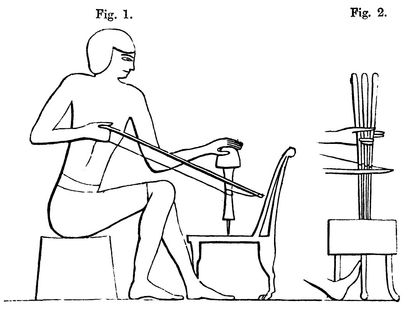
A different contrivance for giving the drill reciprocal motion, probably as ancient, , to lessen the disposition to upsetting.
It may be surmised, that the Indian or Eastern nations were among the earliest to follow the art of turning, and that later, their method of practising the art was carried by the Arabian and Moorish nations, to the furthest extent of their conquered territories; while thence from Spain it was transported to South America. The strong analogy that exists between the lathes used in the present day, by the Hindoos, the Persians, the large group of Moslems, the Spaniards and some of the South American nations, proving this to be far from hypothetical; and the same turning lathe appears to have remained in use by these peoples without considerable improvement, from its early rude construction until now.
It is unfortunate that so little is known of the early history of the lathe in Europe, but it would appear probable that the exchange of the sitting for the upright posture of the operator, as more congenial to the habits of the European, must have soon led to important modifications in the construction of the apparatus. The greater elevation of the lathe, thus permitted the introduction of the pole and various attempts at improvement in that method of giving motion. The pole lathe and the bow lathe, of both of which we have descriptions in the earliest known work exclusively on turning, were eventually superseded by the lathe with continuous rotatory action; but the former is still valuable and remains in use for some purposes. During the last century the development and improvements in the lathe and its congeners have been rapid and continuous, always keeping at least equal pace with the increased requirements of the time.

